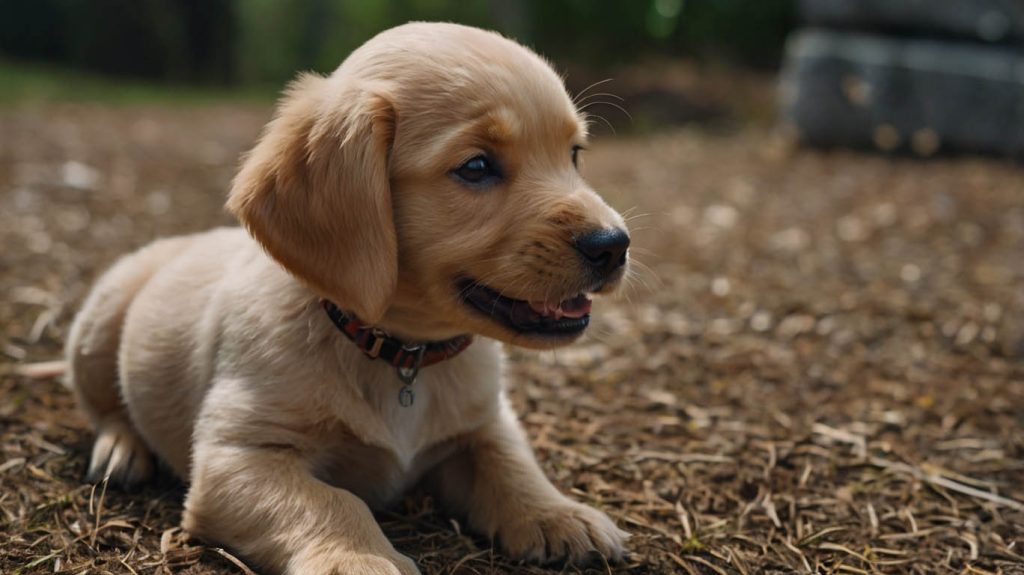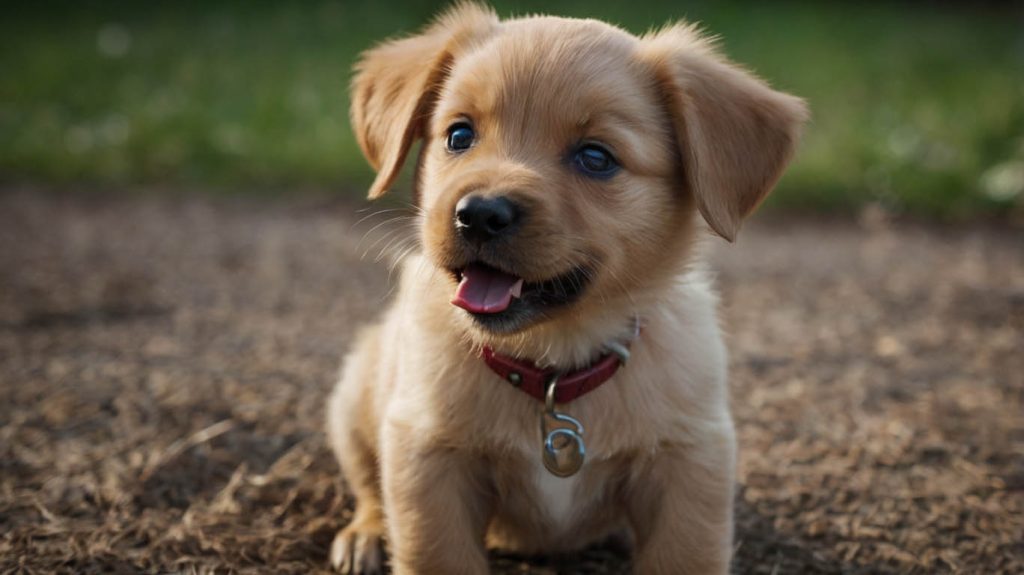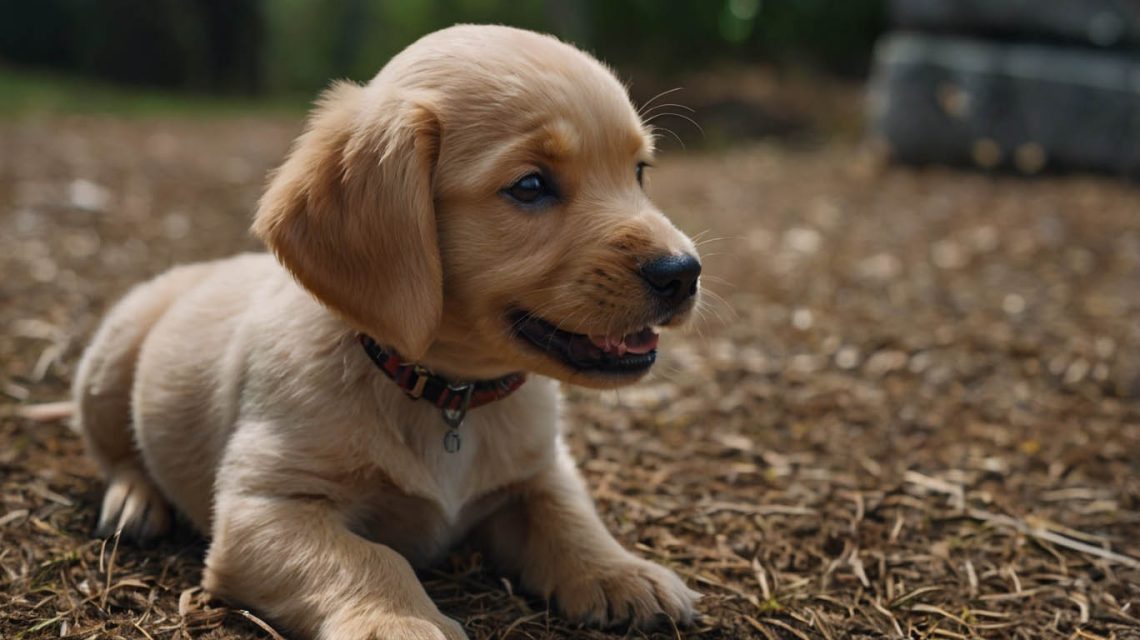Welcoming a puppy into your life is a joyous, messy, and slightly chaotic experience. But here’s the thing—how your puppy behaves in the first few weeks lays the foundation for the rest of their life. This is why knowing the first commands to teach a puppy is essential.
Whether your pup is tiny and timid or bold and bouncy, the earliest commands shape their understanding of what’s okay, what’s not, and how they should respond to your voice. And with the right approach, you can teach them life-saving and sanity-saving skills in no time.
In this guide, you’ll learn the essential first commands to teach a puppy, how to use them effectively, what mistakes to avoid, and a real-life training story that proves early guidance works wonders.
Why First Commands to Teach a Puppy Matter
Let’s face it—puppies explore the world with their mouths, paws, and boundless energy. Without guidance, your new best friend may jump on guests, chew up your shoes, or dash into danger. The first commands to teach a puppy aren’t about control; they’re about communication.
These commands provide structure, reduce anxiety, and most importantly, keep your puppy safe. Plus, a trained puppy is more confident, easier to socialize, and way more fun to have around.

The Most Important First Commands to Teach a Puppy
“Sit” – Your Puppy’s First Step Toward Obedience
If you only have time to teach one command, let it be “Sit.” It’s the base cue that supports almost every other behavior. Sit is calming, easy to teach, and useful in dozens of situations—from greeting people to waiting for food.
Use a treat to lure the puppy’s nose upward while you gently guide their rear down. As soon as they sit, say “Sit” and reward them. Repeat this in short sessions throughout the day.
“Come” – A Command That Can Save a Life
“Come” is more than a convenience—it’s a safety net. If your puppy bolts toward traffic or gets off-leash, a strong recall command can literally save their life. Make “Come” the most exciting word in their world.
Call them using a happy tone, kneel to invite them, and reward lavishly when they arrive. Never use “Come” before something negative like a bath—this weakens the command.
“Stay” – Teaching Impulse Control
Once your puppy knows “Sit,” teaching “Stay” is the natural next step. It builds patience and self-control, two things all puppies need more of.
Ask them to sit, then hold your hand out like a stop sign and say “Stay.” Take one step back. If they don’t move, reward. If they do, calmly reset and try again.
“Leave It” – Prevent Dangerous or Destructive Behavior
Dogs are curious. They’ll chew, sniff, or swallow anything. “Leave it” tells them to stop interacting with something, even when it’s tempting. This command is crucial during walks and house training.
Hold a treat in your closed hand and let your puppy sniff. When they stop, say “Leave it” and give them a different reward from your other hand. Practice often with different items.
“Down” – Create Calm and Submission
“Down” teaches your pup to relax. It’s a great cue for situations like vet visits, waiting at cafes, or settling after excitement.
Lure your puppy from “Sit” into a lying position with a treat. Say “Down” once they’re flat on the floor, then reward. This may take a few tries, so be patient.
Best Practices for Teaching First Commands to a Puppy
Keep Sessions Short and Sweet
Puppies have short attention spans—typically just 5–10 minutes. Short sessions multiple times a day beat one long, frustrating one. End on a high note with a successful command and praise.
Use High-Value Rewards
Not all treats are created equal. Use soft, smelly, or meaty treats your pup goes wild for. As your puppy learns, you can phase into toys or praise as rewards.
Be Consistent with Cues and Tone
Say the exact same word each time—don’t alternate between “Down” and “Lie Down.” Your tone should always be friendly, never threatening. Puppies thrive on clarity.
Practice in Different Environments
Start indoors, then practice outside, in the park, or during walks. Generalizing a command across locations helps your pup understand that “Come” means “Come” everywhere—not just in the kitchen.

A Real-Life Training Story: Bella the Boxer
Bella, a 9-week-old Boxer, came home full of zoomies, chewing, and chaos. Her owners, new to dog parenting, felt overwhelmed. But they committed to five basic commands: Sit, Come, Stay, Leave It, and Down.
By week one, Bella knew “Sit.” In week two, “Come” worked 50% of the time—mostly indoors. They used high-value cheese as a reward and practiced before mealtimes.
In just four weeks, Bella’s behavior transformed. She would sit at the door, leave socks alone, and come racing back from the garden when called. Bella’s owners said, “Training those first commands changed everything.”
Common Mistakes When Teaching First Puppy Commands
- Repeating the Command: Saying “Sit, sit, sit…” confuses your puppy. Say it once, then wait.
- Lack of Immediate Rewards: Reward within seconds or your puppy won’t connect action and reward.
- Training When Tired or Hungry: Puppies learn best when they’re alert—not cranky or distracted.
- Negative Associations: Don’t use commands before baths or crate time unless they love those things.
Tools That Help Teach First Commands to a Puppy
- Clickers: Mark the exact moment your pup gets it right.
- Treat Pouches: Free your hands and keep rewards handy.
- Training Pads: Useful for pairing potty routines with commands like “Go potty.”
- Training Leashes: Great for working on “Come” and “Heel.”
Long-Term Benefits of Teaching Commands Early
- Better Socialization: A trained puppy is easier to introduce to guests, kids, or other dogs.
- Vet Visit Ease: Puppies who know “Sit” and “Stay” are less stressed at appointments.
- Home Harmony: Teaching commands early means less barking, biting, and chaos.
In other words, the sooner you teach, the sooner you get your sanity back.
FAQs on First Commands to Teach a Puppy
At what age should I start teaching commands?
You can begin as early as 8 weeks. Start with simple commands like “Sit” and “Come.”
What’s the best command to start with?
“Sit” is easiest and sets the stage for “Stay” and “Down.”
How long does it take to teach a command?
Some puppies learn in a day, others take a week. Repetition and consistency are key.
Should I punish if my puppy doesn’t listen?
No. Use redirection and reward the behavior you want to see.
Can I teach multiple commands at once?
Yes, but focus on one during each session. Too many at once can confuse your pup.
Do I always need treats to reinforce commands?
Initially, yes. Later, you can transition to praise or toys.
Conclusion: Start Early, Stay Consistent, and Watch the Magic Happen
Teaching the first commands to teach a puppy isn’t hard—it just takes consistency, love, and a little patience. And the payoff? A calm, confident, obedient dog who trusts and listens to you.
Begin with “Sit,” build with “Come,” and move forward at your puppy’s pace. Every minute you spend teaching your puppy now saves you hours of frustration later. So grab those treats, start small, and enjoy watching your puppy become their best self.


